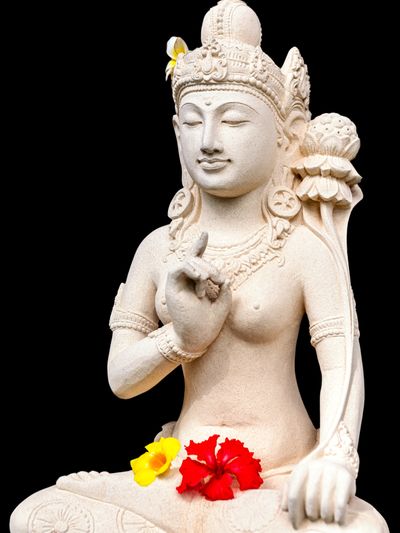Signed in as:
filler@godaddy.com
Signed in as:
filler@godaddy.com

Please be advised that there is no religious practices within my Tantra session in any way; it's about body and mind enlightenment to achieve a higher level of peace within yourself.
History of Tantra
Tantra is a spiritual and philosophical tradition that originated in ancient India and later spread to other parts of Asia, particularly Tibet and Southeast Asia. The history of Tantra is complex, having evolved over thousands of years and influencing various religious and cultural practices. The term "Tantra" itself means "weave" or "system," suggesting a body of teachings that integrates many aspects of human experience into a cohesive spiritual system.
1. Early Roots: Pre-Tantric Traditions (Vedic and Upanishadic Period)
The origins of Tantra are often traced to the Vedic period (approximately 1500–500 BCE), though it did not exist in its current form during this time. Early Vedic rituals were based on sacrifices, chants, and hymns to gods, but there was little emphasis on personal or mystical experience. Some scholars argue that the seeds for Tantric practices were embedded in the Vedic understanding of the cosmos, energy, and the power of words (mantras), even if Tantra itself had not yet developed.
The Upanishads (circa 800–400 BCE), which represent a shift from the ritualistic practices of the Vedas to a more inward, philosophical focus, also contain elements that later became key to Tantric philosophy. Concepts such as meditation, the nature of consciousness, and the pursuit of spiritual liberation (moksha) began to appear.
2. Emergence of Tantra (Circa 5th to 9th Century CE)
Tantra as a distinct spiritual tradition began to take shape between the 5th and 9th centuries CE, though its influences were already beginning to be felt much earlier. At this time, there was a growing focus on personal experience, direct transmission of wisdom, and the use of rituals, mantras, and meditation techniques. Tantra became an esoteric and highly experiential form of spiritual practice.
Key Features of Early Tantra:
3. Tantra and Hinduism
Tantra developed as a major religious movement within Hinduism, especially about Shaivism and Shaktism.
Shaivite Tantra:
This form of Tantra is associated with the worship of Lord Shiva and emphasises the use of mantras, meditation, and rituals to achieve spiritual awakening. It also emphasises the concept of Shiva as both the creator and the ultimate reality.
Shakta Tantra:
Shakta Tantra focuses on the worship of Shakti (the divine feminine principle), often represented as the goddess Parvati, Durga, or Kali. The teachings of Shakta Tantra emphasise the transformation of the individual through divine grace and the integration of both masculine and feminine energies.
4. Tantra and Buddhism
Tantric practices were also adopted by certain schools of Buddhism, particularly in Vajrayana Buddhism, which developed in Tibet and Nepal. Vajrayana ("Diamond Vehicle") integrates many elements of Indian Tantra into its framework.
Vajrayana Buddhism:
5. Key Texts of Tantra
The tradition has many important scriptures and texts, which include:
6. Tantra in the Modern World
In the contemporary world, Tantra has become a term that often refers to practices involving sexual energy, though this is only a small part of the tradition. In its broader sense, Tantra is about harnessing the power of the mind, body, and spirit to transform the practitioner’s consciousness and achieve spiritual liberation.
Today, Tantra continues to evolve, blending ancient practices with modern interpretations of personal development, meditation, and intimacy.
7. Misunderstandings and Controversies
Due to its complex and often esoteric nature, Tantra has been subject to misunderstanding, especially in the West. The sexual aspects of Tantra have often been sensationalised, overshadowing the deeper spiritual practices of meditation, energy work, and ritual worship. Authentic Tantra practices are about union with the divine and the pursuit of enlightenment, not just physical pleasure.
In summary, Tantra's history is rich and multifaceted, with its roots extending back to ancient India. Over centuries, it has evolved and diversified, blending spirituality, philosophy, and ritual to offer profound insights into the nature of existence, consciousness, and the divine.